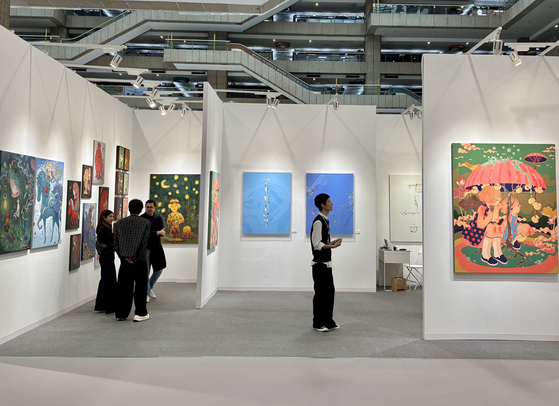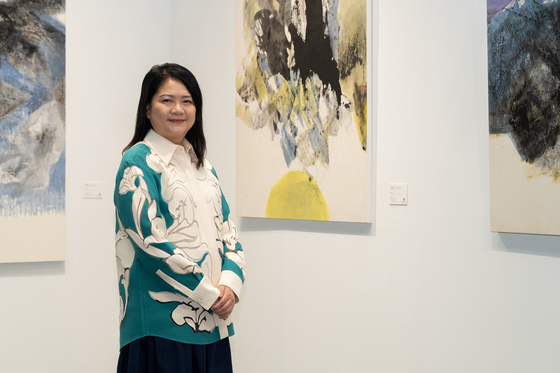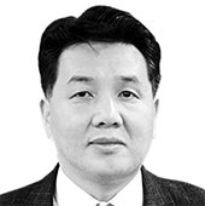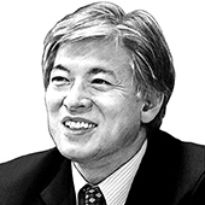TIP: The three elements of asset management
Update: 2025-10-29
Description
Kim Kyung-rok
The author is an adviser at Mirae Asset Global Investments
Red, blue and yellow are the three primary colors. In asset management, too, there are countless approaches, yet certain elements must always be observed. Curiously, when one distills complex systems to their essentials, the number three often emerges. Asset management can also be reduced to three core elements: tax, income and price - forming the acronym "TIP." These are the primary colors of asset management. The logic connecting them follows the order of purchasing power, income and tax.
The first and ultimate goal of asset management is not to preserve the nominal principal, but the real principal - that is, the purchasing power of money. The rate of return must at least exceed the inflation rate. Preserving the real principal, however, is not easy. When inflation stands at 3 percent, a deposit of 100 million won ($70,000) earning 3 percent interest over 10 years yields 30 million won in total interest. Yet, after accounting for income tax and inflation, the real loss amounts to about 3.9 million won.
When the real principal is maintained, the dividends generated from it also retain their real value. This is an important feature. If an asset's value rises in line with inflation, its dividends increase proportionally. For instance, if a dividend-paying stock is priced at 10,000 won with a 3 percent yield, the dividend is 300 won. When the stock price rises to 15,000 won - a 50 percent increase - the dividend becomes 450 won. Dividends grow exactly in proportion to the rise in principal. Just as the trunk of a tree thickens and its branches expand, income grows along with the asset base.
Long-term institutional investors, such as pension funds, set their target return above the inflation rate. Achieving that with deposits and bonds alone is difficult. In the case of Korea's National Pension Service, about 60 percent of its portfolio is invested in equities and real estate. Individuals today also find it hard to preserve the real principal through savings or insurance due to prolonged low interest rates. Japan, for instance, saw its households move from deposits and pensions to foreign and dividend-paying assets after entering its zero-interest-rate period in 1995.
Second, individuals must hold income-generating assets. There are assets that produce no income - such as gold, oil, raw materials, redevelopment properties or venture investments - and assets that do, such as stocks, income-producing real estate and bonds. Warren Buffett once likened income assets to "commercial dairy cows." Personal wealth management should center on assets that produce steady income.
Income assets have many advantages. They generate cash flow even if asset prices stagnate, and they allow investors to hold through downturns without selling in distress. There is no need to agonize over when to sell just to cover living expenses. Above all, cash-flow-generating income assets reduce investment risk. A property yielding 4 percent annually will, even if its price does not rise for 20 years, return 120 percent of the initial investment through compounding. Over time, accumulated income mitigates losses. Time becomes an ally. Asset management should focus on owning assets for which time works in one's favor.
Third, income should be sheltered from excessive taxation through tax-efficient accounts. In Korea, when dividend or interest income exceeds 20 million won, it is combined with other income for comprehensive taxation, which means it may be taxed at rates higher than the standard 15.4 percent. After retirement, when public pension and rental income are added to financial income, after-tax income can fall sharply. Because tax reduction is a certain form of profit, it must be pursued diligently.
Governments offer tax incentives to encourage individual asset building. Tax benefits are provided across three stages - contribution, investment and withdrawal. Individual retirement...
Comments
In Channel
























